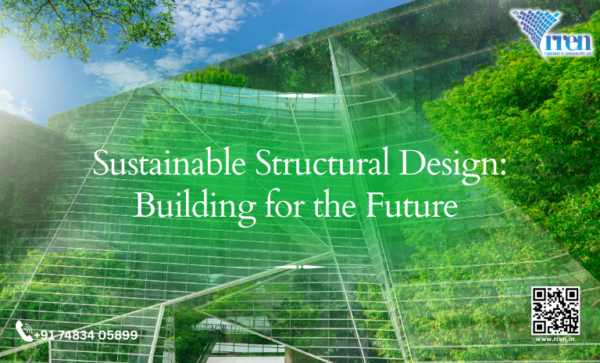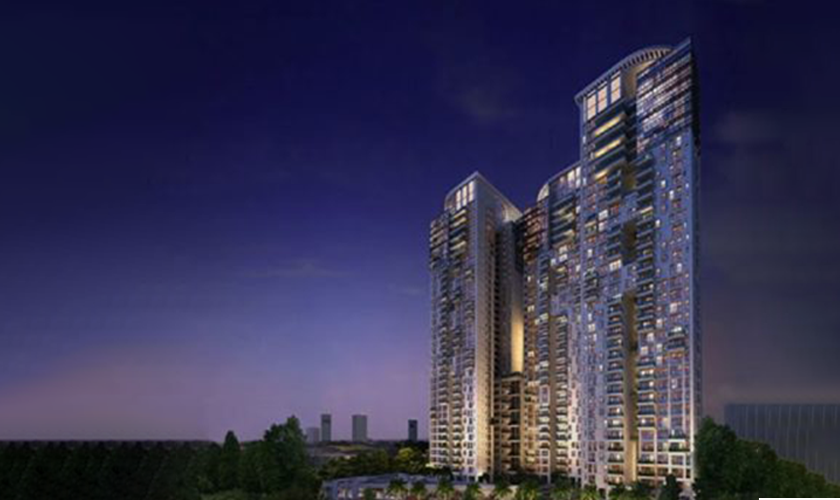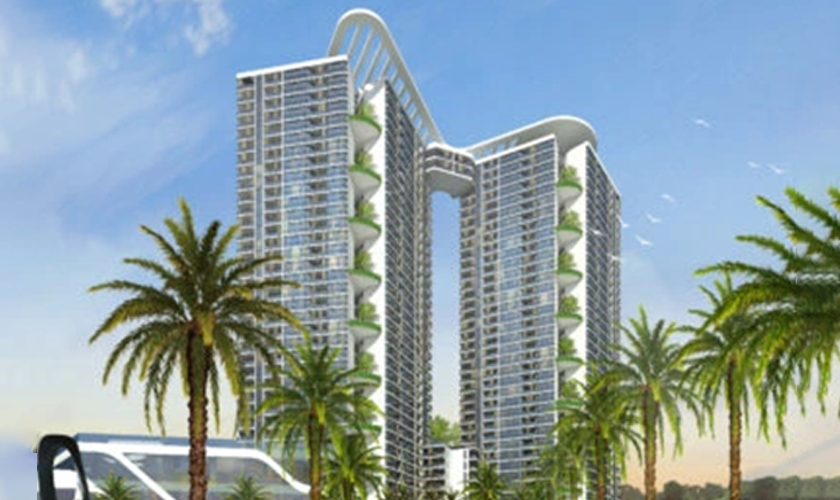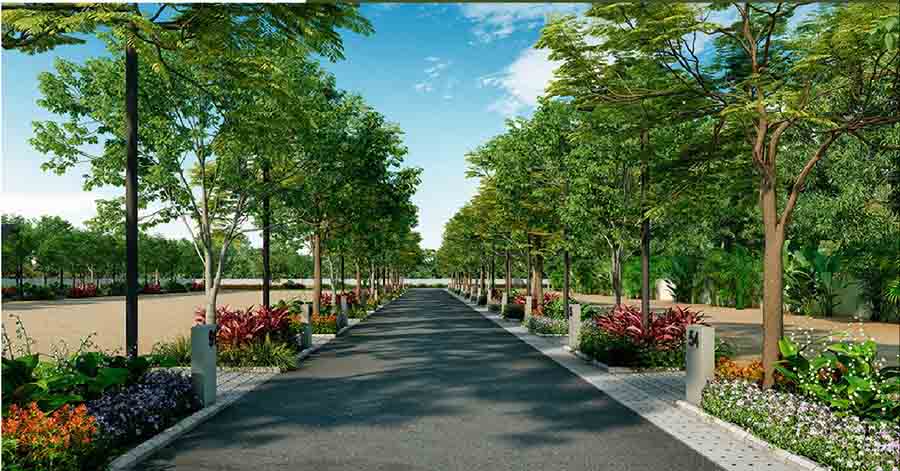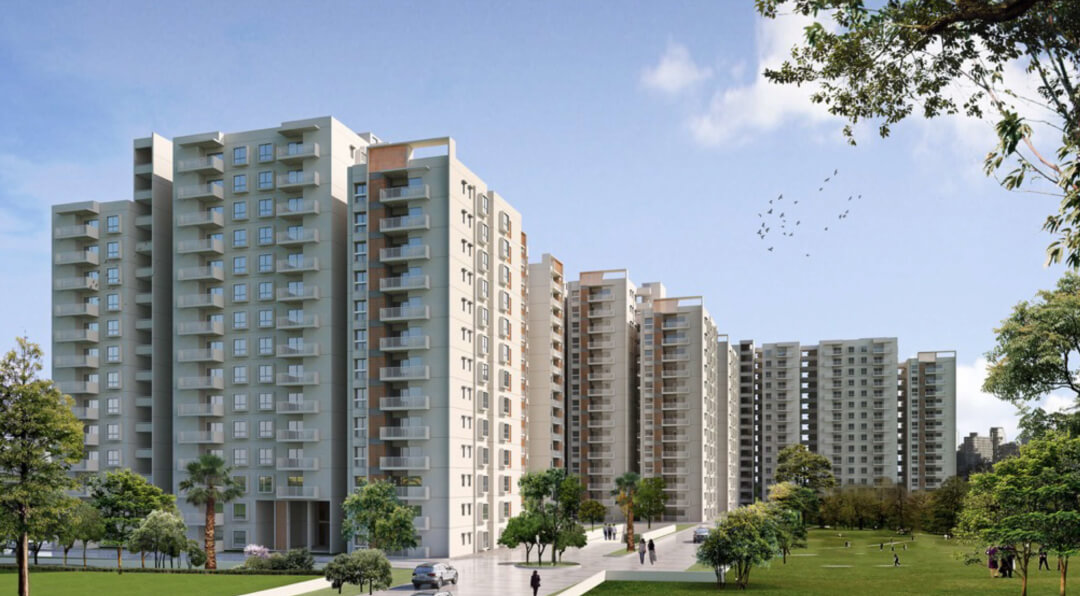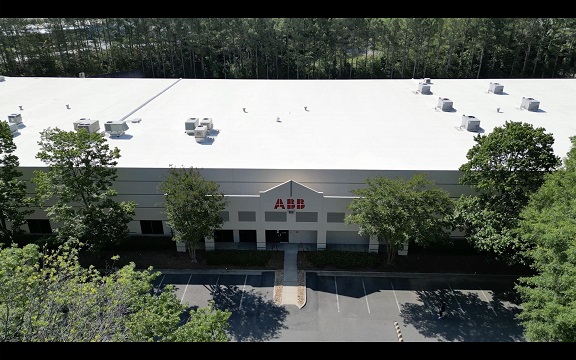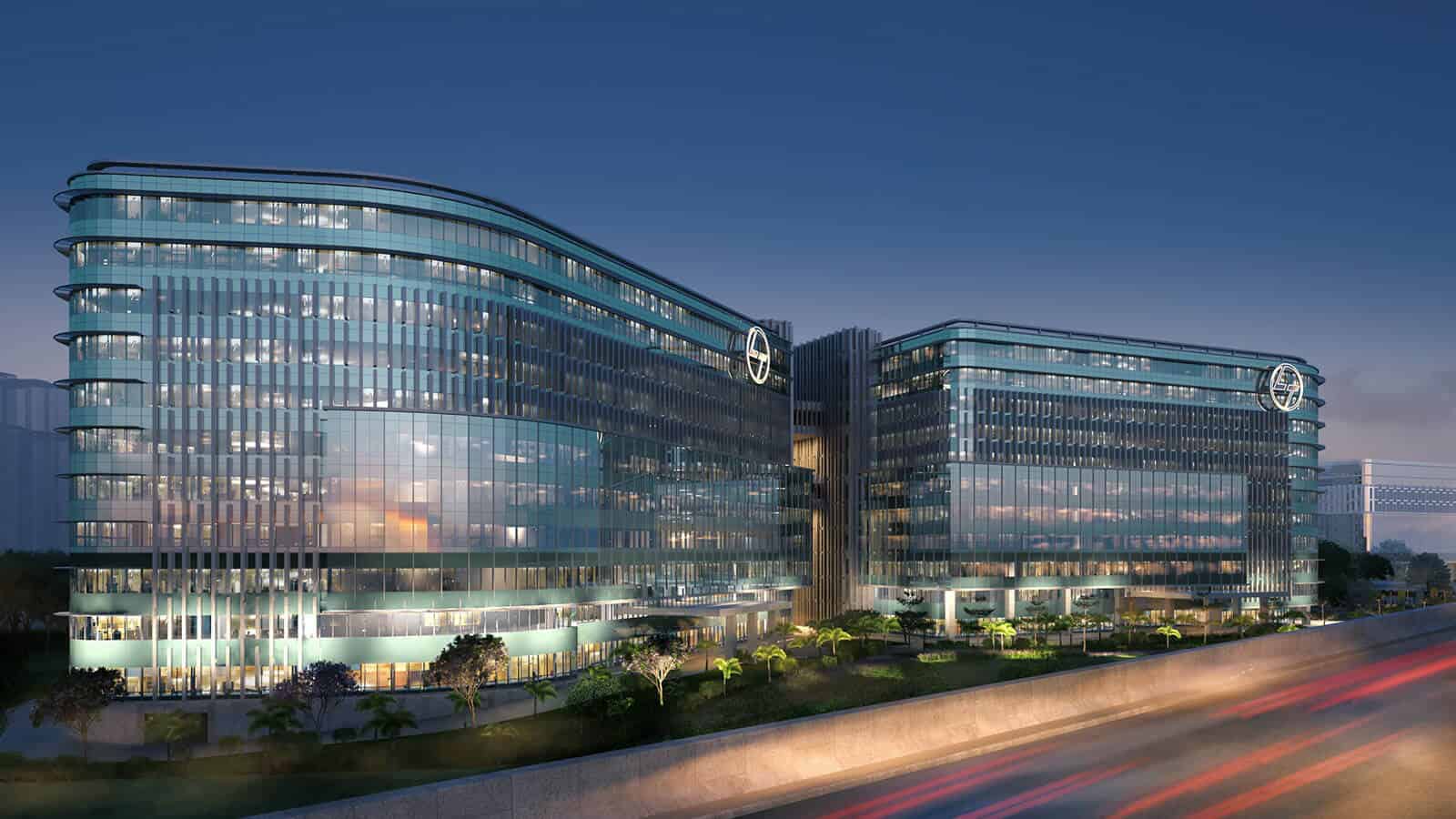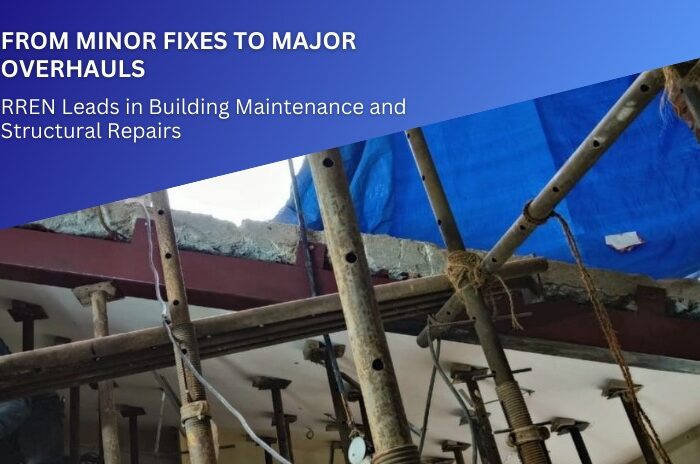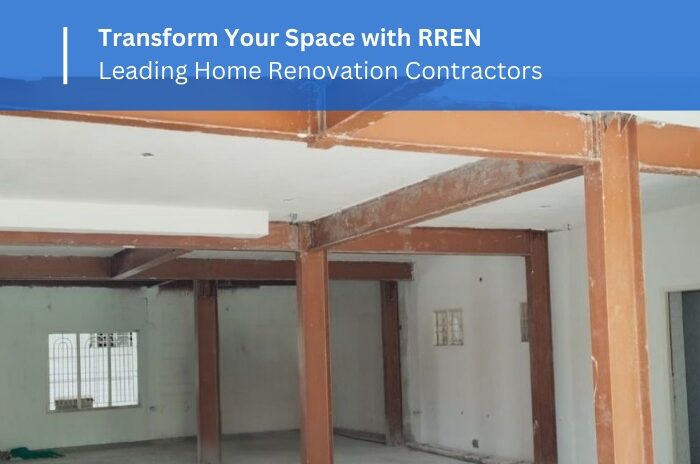In an era of increasing environmental awareness, sustainable structural design has become more than just a trend—it’s a necessity. As the world faces the challenges of climate change, resource depletion, and rapid urbanization, the construction industry must adapt by embracing sustainability in every aspect of building design and construction. This blog explores what sustainable structural design entails, why it is crucial for the future, and how it can be implemented effectively.
What is Sustainable Structural Design?
Sustainable structural design involves creating buildings that minimize environmental impact, maximize efficiency, and enhance the health and well-being of their occupants. This approach integrates environmentally friendly materials, energy-efficient systems, and innovative construction techniques to reduce the carbon footprint of buildings throughout their life cycle—from construction to operation and eventual decommissioning.
Key Principles of Sustainable Structural Design:
- Resource Efficiency: Using materials and resources in a way that minimizes waste and conserves natural resources.
- Energy Efficiency: Designing structures that use less energy for heating, cooling, lighting, and operation.
- Durability and Longevity: Constructing buildings that are resilient to environmental stresses and have a longer lifespan.
- Environmental Impact: Reducing the environmental footprint of buildings through sustainable materials and construction practices.
Why Sustainable Structural Design is Important
1. Environmental Protection
Buildings account for a significant portion of global energy consumption and carbon emissions. Sustainable structural design helps reduce these impacts by incorporating renewable energy sources, improving insulation, and using materials with low embodied energy. By reducing the environmental footprint of buildings, we contribute to the fight against climate change and the preservation of natural ecosystems
2. Economic Benefits
Sustainable buildings are often more cost-effective in the long run. Although the initial investment in sustainable materials and technologies may be higher, these buildings usually result in lower operational costs due to reduced energy consumption and maintenance requirements. Additionally, sustainable buildings often have higher property values and can attract tenants or buyers who prioritize eco-friendly living
3. Health and Well-being
A sustainable building design enhances indoor environmental quality by incorporating natural light, proper ventilation, and non-toxic materials. This leads to healthier indoor environments, which can improve the well-being and productivity of occupants. Studies have shown that people living or working in sustainably designed buildings experience lower levels of stress and higher levels of comfort
4. Resilience and Adaptation
As climate change continues to impact weather patterns and increase the frequency of natural disasters, buildings must be designed to withstand these challenges. Sustainable structural design promotes resilience by using durable materials and incorporating features that help buildings adapt to changing environmental conditions, ensuring safety and functionality even in extreme weather.
Key Strategies for Sustainable Structural Design
1. Use of Sustainable Materials
Choosing sustainable materials is a critical component of eco-friendly structural design. Materials such as recycled steel, bamboo, reclaimed wood, and low-carbon concrete reduce the environmental impact of construction. These materials not only have lower embodied energy but also often result in less waste and fewer emissions during manufacturing and transportation.
2. Implementing Energy-Efficient Systems
Energy efficiency is at the core of sustainable structural design. Integrating energy-efficient HVAC systems, high-performance windows, and advanced insulation techniques helps reduce energy consumption. Additionally, incorporating renewable energy sources, such as solar panels or wind turbines, can make buildings self-sufficient and reduce dependence on non-renewable energy sources.
3. Water Conservation Measures
Water is a precious resource that must be conserved in sustainable design. Implementing rainwater harvesting systems, low-flow fixtures, and water-efficient landscaping reduces water usage and promotes sustainability. Additionally, incorporating green roofs and permeable pavements can help manage stormwater runoff, reducing the strain on municipal systems and preventing erosion.
4. Designing for Flexibility and Adaptability
A sustainable building should be adaptable to changing needs over time. Designing structures with flexible layouts and spaces allows for easy modifications, reducing the need for extensive renovations or demolitions. This adaptability not only prolongs the building’s useful life but also reduces waste and resource consumption.
5. Incorporating Passive Design Principles
Passive design takes advantage of a building’s orientation, materials, and natural surroundings to minimize energy use. By optimizing natural light, using thermal mass for temperature regulation, and maximizing natural ventilation, buildings can reduce their reliance on mechanical heating and cooling systems. This approach not only saves energy but also enhances indoor comfort.
6. Minimizing Waste Through Efficient Construction Practices
Construction waste contributes significantly to landfill volumes. Sustainable design encourages efficient construction practices that minimize waste, such as modular construction, prefabrication, and careful material planning. By reducing waste, the environmental impact of the construction process is significantly lessened.
Challenges and Solutions in Sustainable Structural Design
1. Higher Initial Costs
One of the main barriers to adopting sustainable structural design is the perception of higher initial costs. However, these costs can be offset by long-term savings in energy, water, and maintenance. Additionally, government incentives, tax credits, and green financing options are increasingly available to support sustainable construction projects.
2. Limited Availability of Sustainable Materials
The availability of sustainable materials can vary by region, and sourcing them may be challenging. Building a robust supply chain for sustainable materials and fostering relationships with suppliers can help overcome these limitations. Additionally, innovation in material science is constantly expanding the range of sustainable options available.
3. Regulatory and Technical Barriers
Building codes and regulations may not always align with sustainable design principles, posing a challenge for architects and engineers. Advocacy for regulatory reform and staying informed about the latest advancements in green building standards can help overcome these barriers. Additionally, investing in training and education for construction professionals ensures they are equipped with the knowledge and skills to implement sustainable practices effectively.
Conclusion
Sustainable structural design is not just about creating eco-friendly buildings; it’s about building a better future. By embracing sustainable practices, we can create structures that are not only more efficient and cost-effective but also healthier for occupants and more resilient to environmental challenges. As the demand for sustainable buildings grows, so too does the potential for innovation in materials, design, and construction techniques.
By prioritizing sustainable design today, we lay the foundation for a greener, more sustainable tomorrow—one building at a time.


